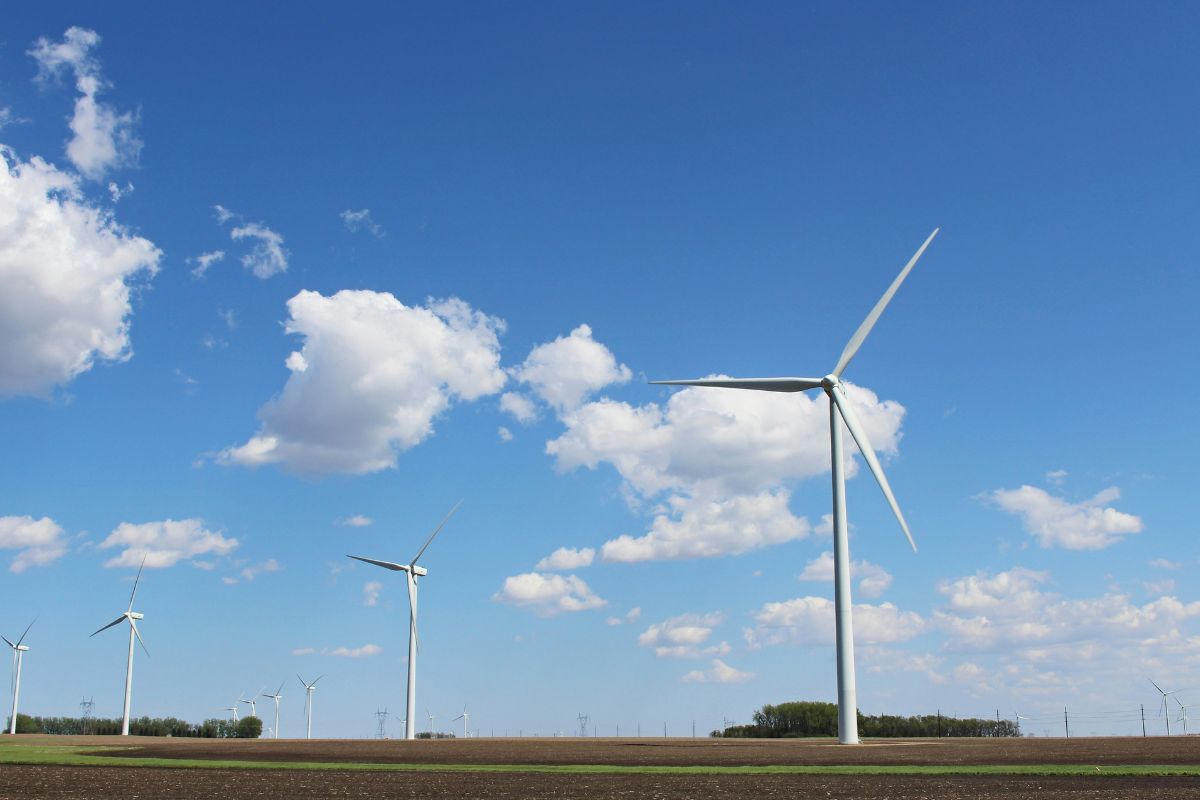Since ancient times, windmills have harnessed the wind to do useful work. They’ve irrigated farms, ground grain, pumped water and have even helped make musical instruments.
Wind turbines are modern-day souped-up versions of the windmills used throughout the ages, only now they convert wind into electricity that powers your home.
Several types of wind turbine exist, but the most common design features three blades that extend on a horizontal axis from a central hub. The main parts of these turbines are the tower, nacelle and rotor.
The tower, typically between 230 and 265 feet tall at the hub, contains high-voltage wires that transmit electricity to a nearby substation. They’re about as tall as a 25-story building. Check out the view from the top!
The nacelle acts as the turbine’s brain and heart. It houses the control systems that manage its operation, and the generator that turns wind energy into electricity. The nacelle pivots with the wind.
The rotor consists of the wind turbine blades and the central hub into which the blades connect. Its job is to rotate with the wind to turn a generator.
But how does the turbine actually generate power from the wind? It’s all in the movement of a couple different components:
- Adjusting the pitch. Each blade rotates around its own axis which controls how fast the blades spin. The angle of rotation is called pitch. Faster rotation means more power is generated, so the pitch of the turbine blades optimizes efficiency no matter the wind speed. Wind turbine pitch systems were invented by NASA in the 1970s and are another example of the renewable energy industry’s time-honored tradition of improving efficiency.
- Staying upwind. Guided by a sensor, the nacelle is constantly redirected so the blades meet the changing direction of the wind head on, maximizing contact with the wind and increasing turbine speeds.
- A rotating shaft that connects them all. The rotor is connected to a shaft that sits inside the nacelle. As the rotor turns, the shaft turns, and the generator produces electricity.
The current then routes to a nearby substation that prepares the electricity for transit across long-distance transmission lines.
To learn more about how we generate, transmit and deliver electricity to customers, read, “The flow of electricity from start to finish.”


